There are currently 217 million people worldwide who are either blind or visually impaired, with 207,000 of them residing in France. While accessibility is becoming an increasingly important consideration for local authorities, institutions, and companies in the country, one area that remains particularly challenging for visually impaired individuals is sports. From soccer to rugby and tennis, most sporting events do not offer blind or visually impaired spectators the opportunity to fully enjoy the competition in real-time. This represents a major societal problem, but one that 5G technology has the potential to address. By enabling the development of solutions that can be used autonomously and with sufficient bandwidth at all match locations, 5G can pave the way for greater accessibility in sports for the visually impaired community. One example of this is the touch tablet created by the innovative start-up Touch2See, which has been able to refine and experiment with its solution thanks to the support of the Orange 5G Lab’s expertise in the field.
Touch2see experimented with 5G at Orange Vélodrome.

Line of business
A complete support to test its prototype in real conditions, and a technical structure and autonomous connectivity with low latency.
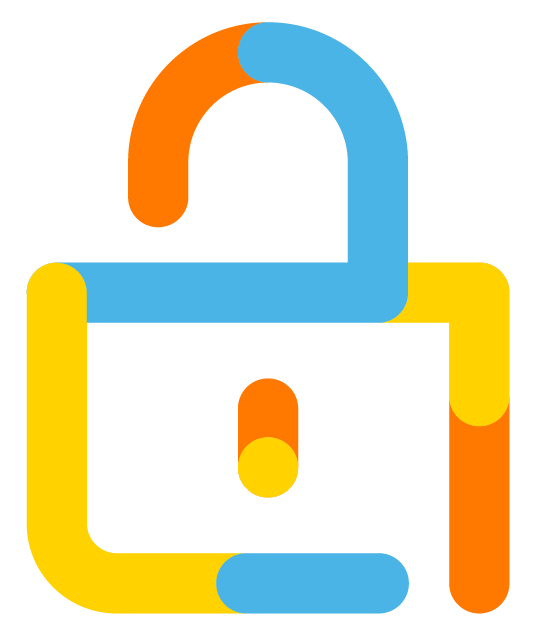
Use case
A sleek, tactile tablet, resembling a miniature sports field, has been specially designed to cater to the needs of visually impaired sports fans. It provides real-time reproduction of the ball and players’ movements through haptic feedback and vibrations. Moreover, the tablet boasts a computerized and interactive audio description, which supplements the tactile information and provides other essential details such as game time, score, and fouls. This innovative device enhances the comprehension of sporting events and promotes an inclusive and autonomous experience, enriching the human dimension of live sporting events.
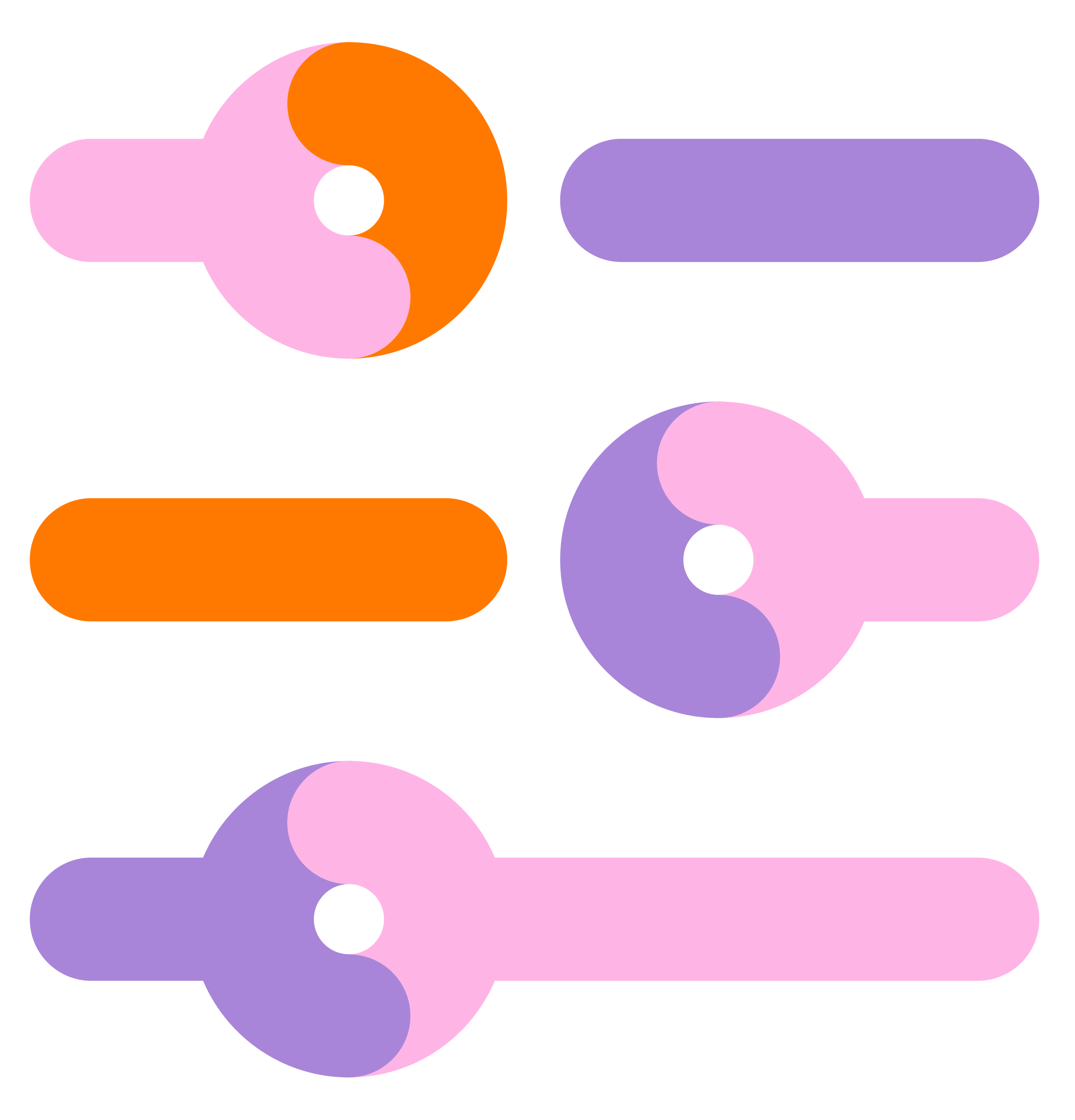
The start-up needs
A complete support to test its prototype in real conditions, and a technical structure and autonomous connectivity with low latency.
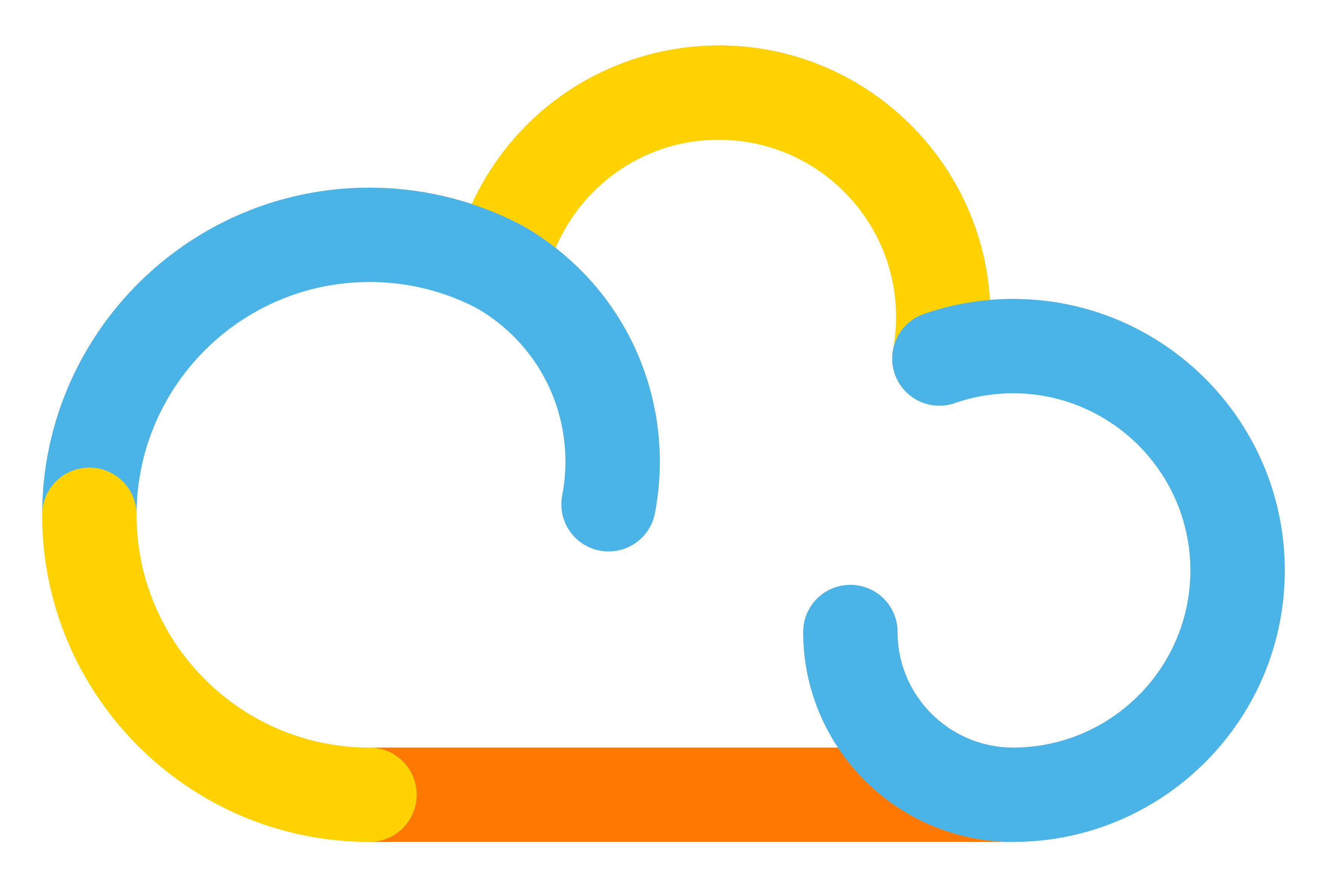
Benefits of 5G
High speed ;
Low latency ;
Stability and reliability ;
Edge computing
Orange Discovers Innovative Start-up
In 2022, Orange discovered a promising start-up focusing on inclusion through the EvenTech challenge workshops. This challenge was organized by Orange, CEA, Intel, Cisco, Ericsson, and INRIA to stimulate the technological ecosystem in France and prepare for major sporting events in 2023, 2024, and beyond. The objective was to identify innovative start-ups capable of revolutionizing or solving a problem in the sports sector and to test proof-of-concept in real-life conditions. The winning start-ups received financial support of €10,000, the deployment of a POC on a major event site, equipment, and technology, as well as expert advice and coaching. Out of all the participants, Touch2See was the favored start-up of Orange due to its innovative solution. Their solution allows blind and visually impaired individuals to enjoy sporting events more fully without being limited to audio description, which is often lacking in stadiums.
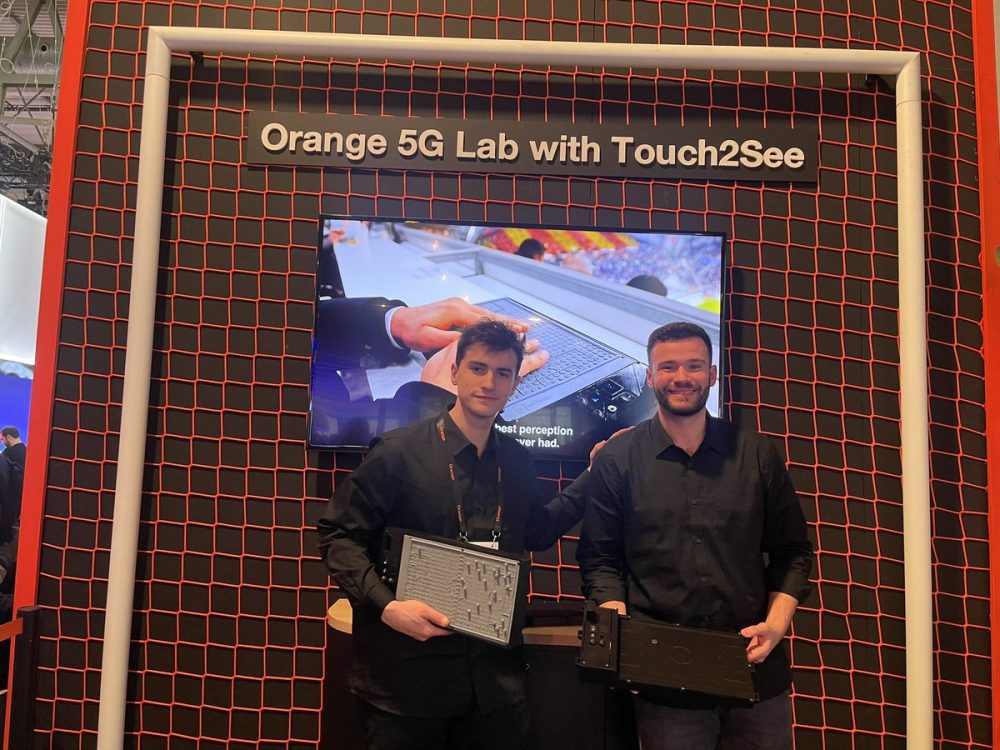
A Tablet for an Enhanced Sports Experience for Visually Impaired Fans.
This innovative solution is a tablet with a magnetic disk, enabling the visually impaired or blind to follow the ball’s movements on the field in real time. With just a touch of the tablet, fans can keep track of the match they are attending, the action taking place, and the tactical movements of the players, along with their positioning on the field, depending on the passes they make. Guillaume Chabas, Director of Innovation and Partnership for Orange Business, explains that the tablet provides an enriched spatial understanding with computerized and interactive audio descriptions that offer general information such as the name of the player carrying the ball, the game time, the score, and the fouls. This solution allows fans to experience each match with greater intensity, regardless of their visual impairment.
Full Support From the Orange 5G Lab Program
The Orange Velodrome 5G Lab in Marseille recently conducted a full-scale experiment during a soccer match to support Touch2See, an innovative concept promoting accessibility for people with disabilities. The Lab provided various forms of support, including spaces in the stadium to carry out tests, 5G technology, and Edge computing. Additionally, the Lab obtained the necessary rights and validated them with all partners to conduct live tests during the match.
According to the Director of Innovation and Partnerships for Orange Business, “Many marketing rights govern the soccer market, and for a start-up, it is untouchable! However, this type of test in real conditions is essential to boost the development and relevance of innovations. That’s why acquiring the rights is also part of the support the Orange Velodrome 5G Lab provides start-ups.”
The live experiment required a specific organization and coordination with various stakeholders. These included the club, which managed the availability of disabled people it brought in itself, and the system that provided automatically generated audio descriptions. This device captured the ball’s position using cameras, Olympique de Marseille, and Orange, which provided the 5G, servers, and Edge computing. The Orange 5G Lab team offered technical support and ensured all these devices worked harmoniously. They also helped people understand how the technological devices worked and how the start-up could materialize it on its tablet.
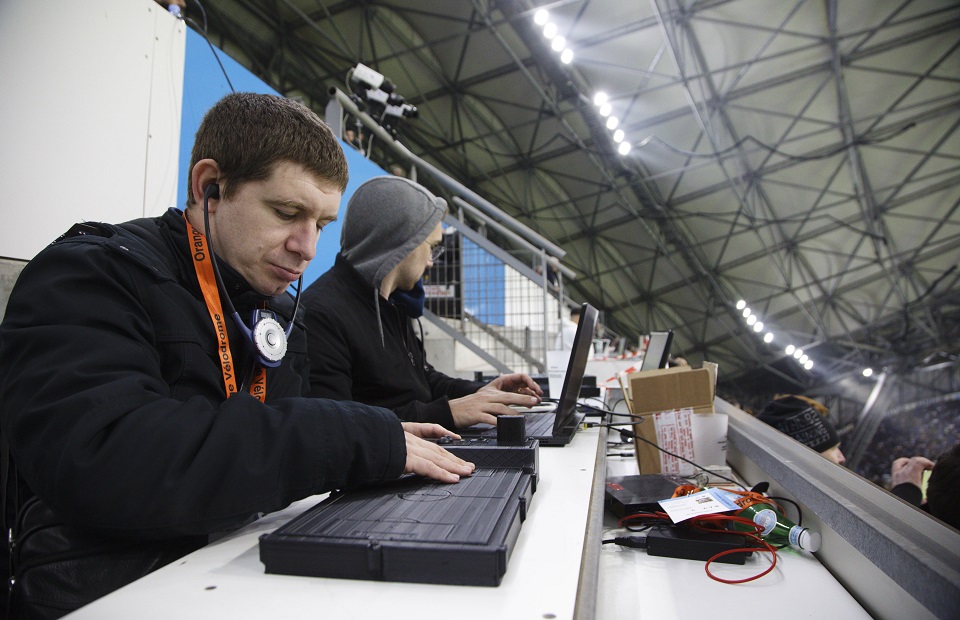
Immersive Touch Experimentation Enabled by 5G and Edge Computing
To represent the ball in real-time on the Touch2See tablet, the solution needed to receive data captured by cameras placed in the stadium, data belonging to the Ligue de Football Professionnel (LFP), and Stats Perform. These cameras are equipped with artificial intelligence and continuously scan the Orange Velodrome pitch to detect players and the ball. “Thanks to 5G and Edge computing, we significantly reduced the delay between this visual capture and the sensation the user experiences when touching the tablet. For the Touch2See experimentation, we created an ultra-high-performance technical architecture: cameras connected to servers, Edge computing features that allow data to be hosted locally to achieve the lowest possible latency, and a tablet connected to 5G. This combination enabled the disabled person with the tablet to have no latency between the stadium atmosphere, automatic audio description that commented on the game, and the sensation of navigating the ball under their finger. This is a real-time feat that would have been impossible without low-latency 5G and data localization in the stadium,” concludes Guillaume Chabas.
Innovation and connectivity, enabled by 5G, Edge computing, and the Touch2See tablet, have allowed inclusion to take a giant step forward in the sports sector. The Touch2See solution has proven that blind or visually impaired individuals can have a unique experience at the Orange Velodrome, feeling the action on the field, especially when a goal is scored, like any other fan, without the latency of audio description. This experiment is a testament to the critical role of 5G’s low latency, Edge computing, and AI in developing solutions that promote digital inclusion and enable genuinely immersive experiences.
Enriched by this experimentation, which allowed the company to understand how the user it was targeting experienced the immersive and tactile experience for 90 minutes, Touch2See was able to refine its business model according to the ecosystem specific to sports and inclusion. Touch2See also exhibited its prototype on the Orange booth at the Mobile World Congress 2023.
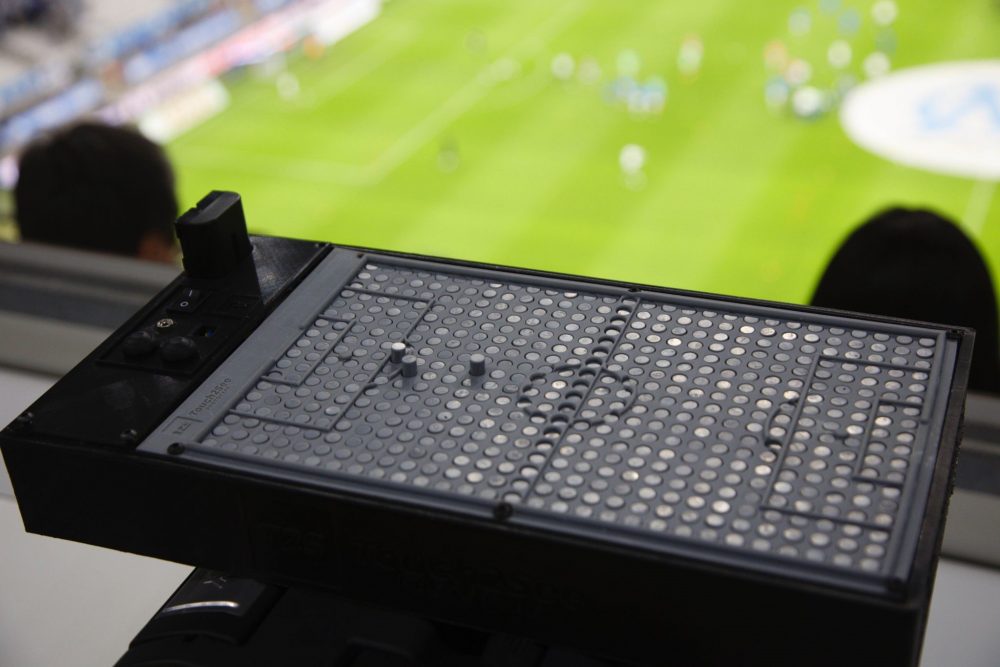
To go further
Watch our webinars
• “Orange 5G Lab Webinar: the 5G smart stadium, a revolution for organizers, media and fans.”

Subscribe to our Orange 5G Lab newsletter
